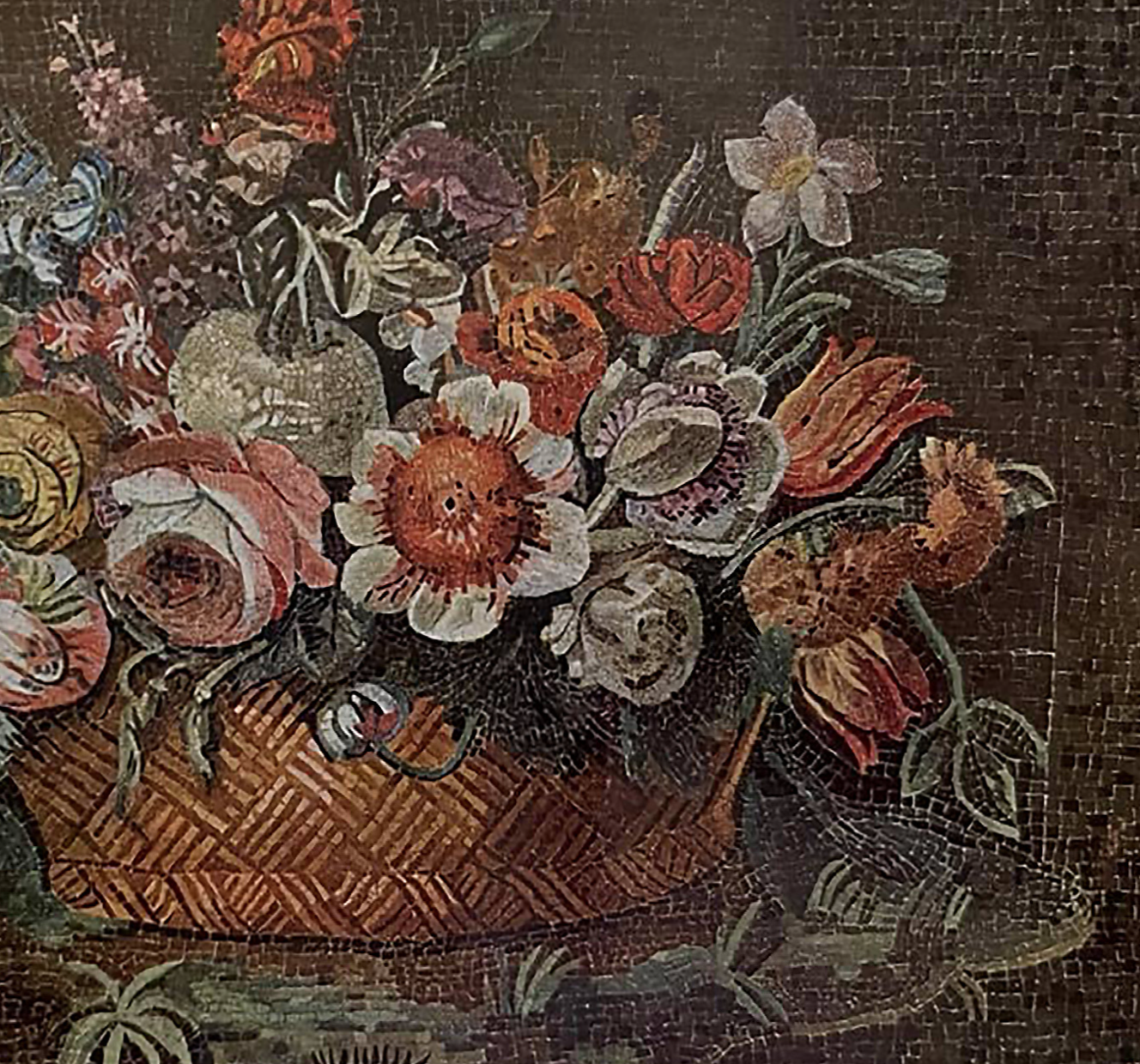Still life Painting in Classical Art
DOI:
https://doi.org/10.69598/sbjfa254564Keywords:
Still life painting, Roman painting, Classical ArtAbstract
The objective of this paper is to explore the meaning of still life painting and its origin in classical art by examining data in documents, analyzing, and giving examples of related works. It is found that in ancient Greece, the term 'Rhopography' was used to describe works depicting small objects and 'Minor pictura' means a depiction of subject matter considered insignificant. Later, in the Mannerist period, the term 'Cose naturali' refers to the nature and ‘Rhopography' was translated to 'Cose piccole” to describe the representation of trivial objects. Today, still life painting means the depiction of inanimate and motionless objects. There is a discrepancy between the current meaning and the original meaning inherited from the 17th-century Dutch word “Stilleven”. The original meaning refers to living and non-living things that show a momentary state of stillness. This meaning, when passed to France in the 18th century, was translated as “Nature morte”, referring to the dead nature. Therefore, it is assumed that those terms have influenced various interpretations throughout history. After searching for the origin of still life painting, it is evidence that the earliest known still life paintings were created by the Greeks during the Hellenistic period. This type of painting was passed on to the Roman painters. Works found in Roman times show the use of fresco and mosaic techniques to create Trompe-l'œil, the representation of an object with such verisimilitude as to deceive the viewer concerning the material reality of the object. Three types of still life paintings were found, namely, still life painting as part of a scene, still life painting in the genre of Xenia, and still life painting for decoration.
Downloads

Downloads
Published
How to Cite
Issue
Section
License
The journal's editorial team does not have to agree with the views and comments in the author's article, nor are they responsible for the comments.











